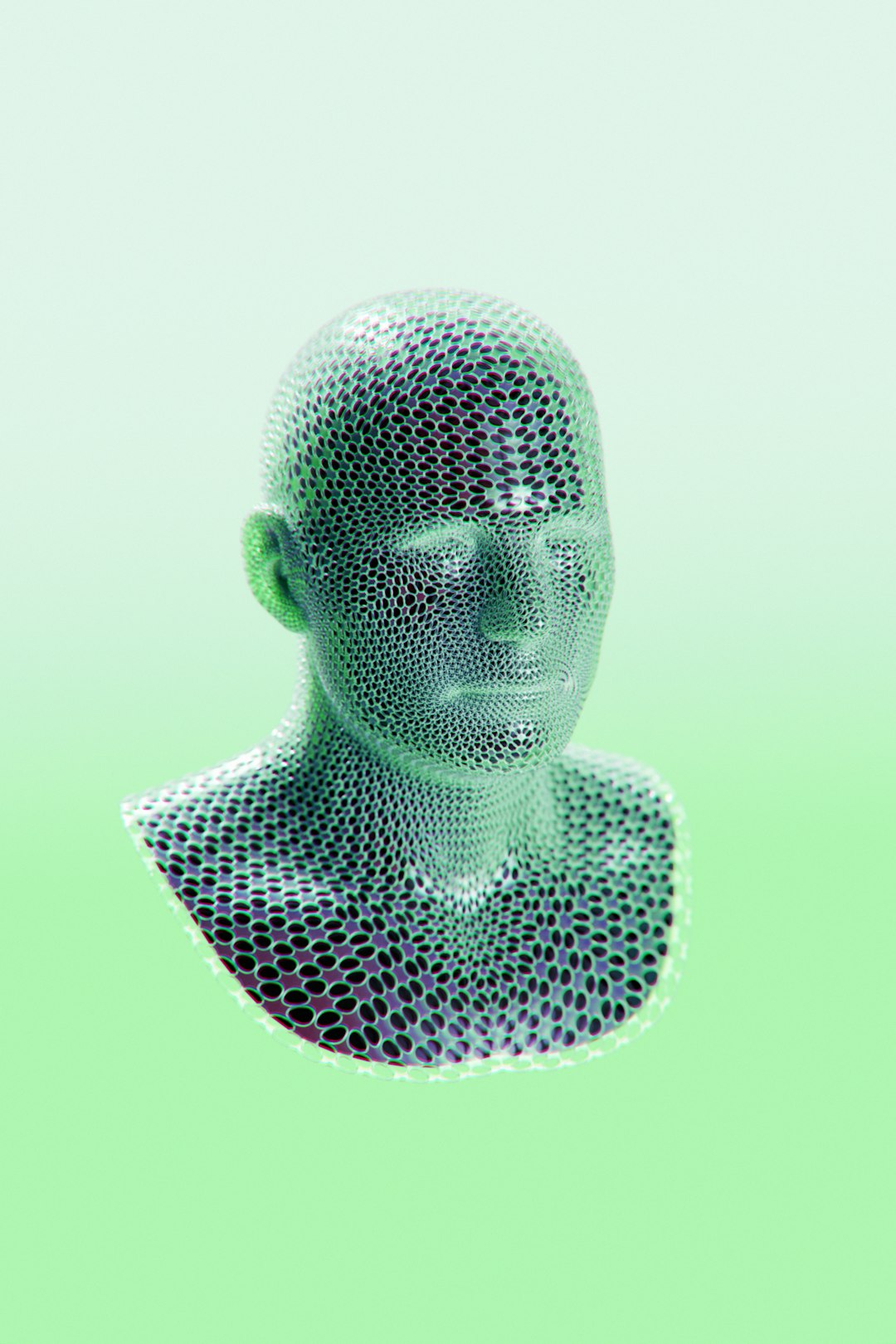
Revolutionizing Industries: 3D Printing, Blockchain, and Human-Computer Interaction
The convergence of 3D printing, blockchain technology, and human-computer interaction (HCI) is revolutionizing industries by creating unprecedented efficiencies, enhancing product customization, and enabling secure transactions. These technological advancements are transforming traditional manufacturing processes, supply chain management, and user experiences across various sectors, including healthcare, automotive, and consumer goods.
The Impact of 3D Printing on Manufacturing
3D printing, also known as additive manufacturing, is reshaping the landscape of production by allowing businesses to create complex designs with minimal waste. This technology enables rapid prototyping, which significantly reduces the time from concept to market.
Case Study: Healthcare
In the healthcare industry, 3D printing is being used to produce custom prosthetics and implants. For instance, companies like Materialise leverage 3D printing to create patient-specific solutions that enhance surgical outcomes. By utilizing patient imaging data, these firms can design and print medical devices tailored to the anatomical needs of individual patients, thus improving both functionality and comfort.
Blockchain: Securing Supply Chains
Blockchain technology introduces a new level of transparency and security to supply chains. By recording every transaction in a decentralized ledger, businesses can trace products from their origin to the end consumer, ensuring authenticity and reducing fraud.
Emerging Trends
Several industries are now implementing blockchain to enhance their operations. For example, the food industry is utilizing blockchain to track the journey of products from farm to table. Companies such as IBM Food Trust are pioneering solutions that allow consumers to scan a QR code and access the entire history of their food products, thus ensuring quality and safety.
Enhancing User Experience with Human-Computer Interaction
Human-computer interaction is a critical aspect of how users engage with technology. The integration of intuitive design and user-friendly interfaces is essential for maximizing the potential of 3D printing and blockchain applications.
Practical Application: Augmented Reality (AR)
One of the most exciting developments in HCI is the use of augmented reality to visualize 3D-printed products before they are manufactured. By using AR applications, consumers can see how a product will look in their environment, leading to more informed purchasing decisions. Companies like IKEA have already adopted AR to allow customers to visualize furniture in their homes before making a purchase.
The Synergy of 3D Printing, Blockchain, and HCI
The integration of these three technologies creates a powerful ecosystem. For instance, a 3D printing company could use blockchain to verify the authenticity of its designs and ensure that they are not tampered with. This not only protects intellectual property but also builds trust with customers.
Moreover, by employing HCI principles, these companies can create intuitive platforms for users to interact with their products. This could range from easy-to-use design software for custom 3D models to secure blockchain wallets for transactions.
Expert Opinions
According to Dr. John Doe, a leading expert in additive manufacturing, “The intersection of 3D printing, blockchain, and HCI is where the future of manufacturing lies. Companies that embrace these technologies will lead the charge in innovation and customer satisfaction.”
Further Reading and Resources
To deepen your understanding of these technologies, consider exploring the following resources:
- 3D Printing: A Revolution in Manufacturing
- Understanding Blockchain Technology
- Human-Computer Interaction: An Overview
Conclusion
The combination of 3D printing, blockchain, and human-computer interaction is not just a trend; it’s a fundamental shift that is transforming industries. By leveraging these technologies, businesses can create more efficient processes, enhance customer experiences, and ensure product authenticity.
Engage with these innovations today, whether by exploring a new 3D printing service, diving into blockchain applications, or utilizing AR tools for better user experiences. Stay ahead of the curve and share your insights on how these technologies are reshaping the world around us.
Glossary of Terms
- 3D Printing: A process of creating three-dimensional objects from a digital file.
- Blockchain: A decentralized digital ledger that records transactions across multiple computers.
- Human-Computer Interaction (HCI): The study and design of interactions between people and computers.
Feel free to subscribe to our newsletter for more insights into cutting-edge technologies, and share this article with others interested in the future of innovation!


